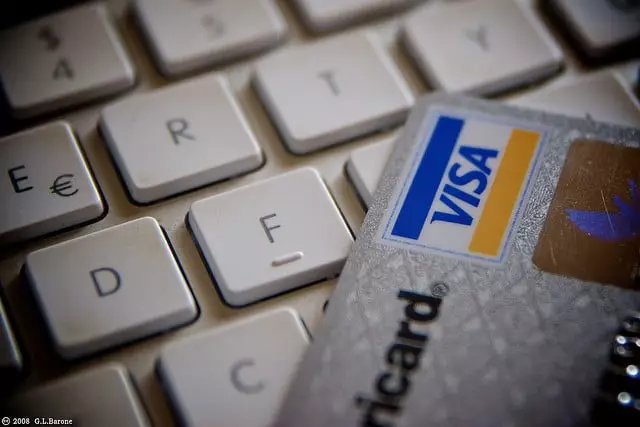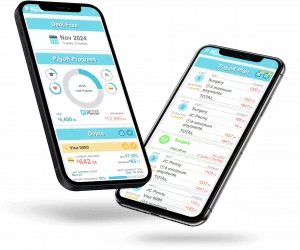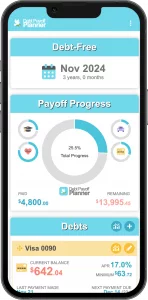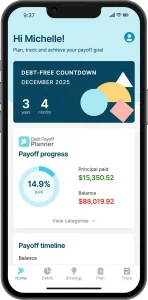When you have a large balance on a credit card, it might be worth thinking about transferring the balance to a different card. In this article, we will discuss the pros and cons of doing just that. It’s an option that can help people get out of debt, but you need to be aware of the caveats. Getting out of debt is an important aspect of financial freedom, and after the economic turmoil of the last several years, many people have been left with worse employment and more debt. A balance transfer can really help you move out of debt as long as you do all of the right research and are responsible about the balance.
Lower Interest
Transferring your balance to a new card has one major benefit- you can reduce the interest rate on that balance. Many cards are geared for balance transfers and give you a long grace period with no interest for a set period- often 18 months. Seek out these 0% interest credit cards to transfer credit card balances. These transfers are better than loan consolidation, because they involve cutting the interest to zero rather than combining loans.
Rate Spikes
One thing to be aware of is that on balance transfer cards, the interest rate often gets pretty high once the grace period ends. Those 0% interest credit cards can wind up with an APR of 20 percent or more after the introductory rate expires. If you haven’t paid off the balance by then, you will face some pretty big interest charges. Be ready for that, because those big rates are the way the bank makes money on these cards. They hope you will to fail to pay off the balance and wind up having to pay interest.
Fees
The other major issue with balance transfer cards is that they often charge a fee to make the balance transfer transaction. This fee could be a flat fee, or it could be a percentage of the balance that you want to transfer. If it is the latter, than the fee could be a significant amount of money. For example, a 5 percent fee on a $2,000 balance is $100. Be aware of any fees that you might face before applying for any card. It can be hard to find the right balance of fees and interest rate grace periods, so make sure you calculate how much your fee would be for each prospective card before signing up. Keep an eye out for cards with 0% interest rates and remember: the price has to be right.
Finding Cards
If the transfer is still a good idea compared to loan consolidation even with all the fees, then you need to find a good card. The best card for you will depend on your personal circumstances. Look for cards with low balance transfer fees and long grace periods where there is no interest on a transferred balance. These will make it easy to pay off your balance while there is no interest. Many of the major providers, like Barclays, Chase, and Citibank have dedicated balance transfer cards. When you find a balance transfer card that you would like to use, make sure never to use it for purchases. These cards tend to have nasty interest rates for purchases. On top of that, you want to push your balances down, not ring up even more debt. Don’t pull out the card to buy something. It should only be used to hold the transferred balance- no new balance.
The bottom line is that a balance transfer can be a useful tool to getting debt free, as long as you are careful about the fees and the interest. Use a debt calculator to see how much you could save by moving your balance to a zero interest card. When you see the savings on the debt calculator, you will realize how much a balance transfer can help you become debt free. Just make sure that you are calm enough to read all of the fine print of every card you consider before you apply. Applying for a card will ding your credit score a little bit each time. So to avoid doing that for nothing, read about each card in detail to make sure it is worth using.
Photo by Giuseppe Leto Barone















